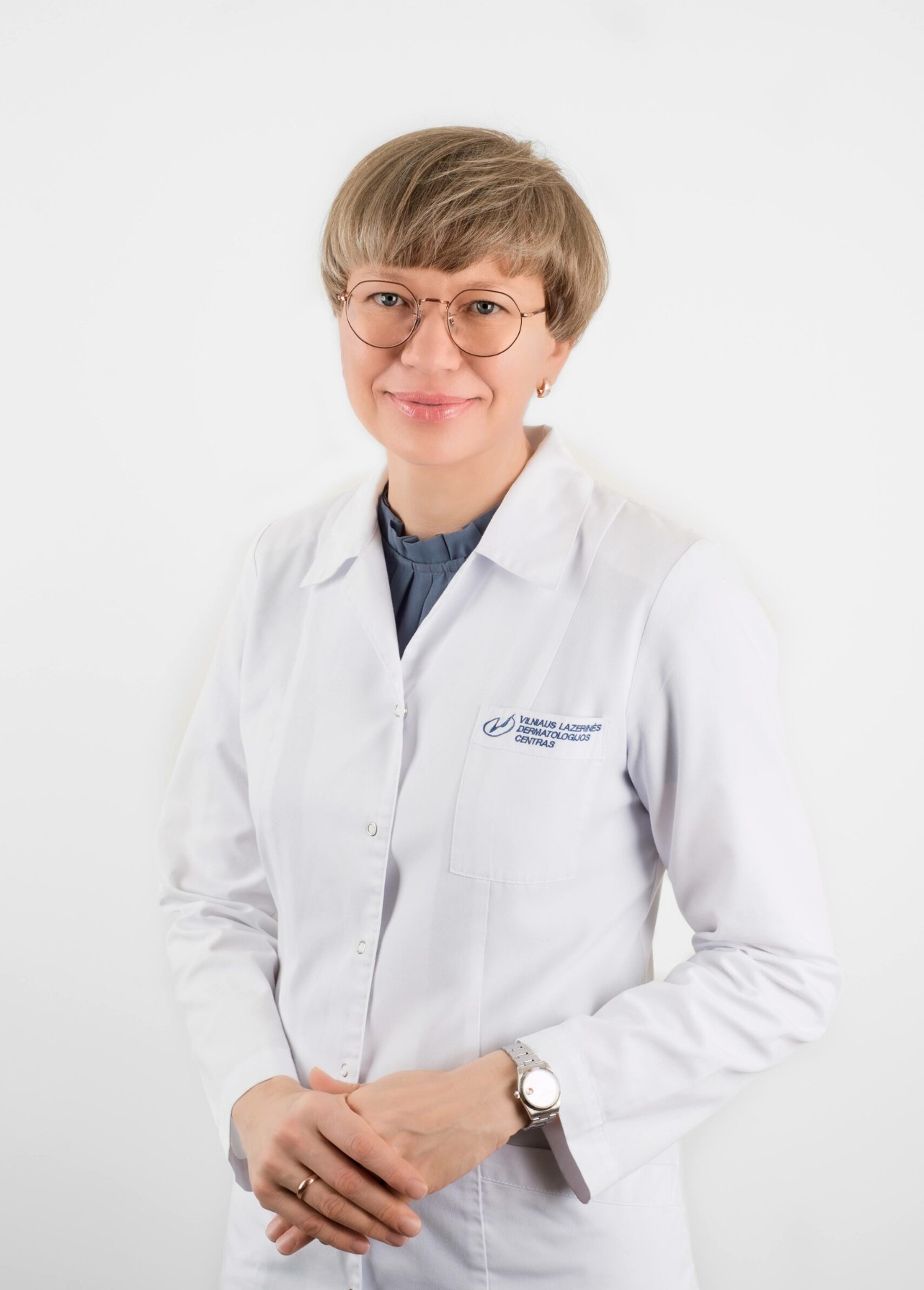Ingrown toenail or onychocryptosis is a common problem. It is a painful condition, usually of the foot, but can also occur in the thumb, when the edge of the nail plate starts to grow into the surrounding skin of the nail. The outer edge or corner of the thumbnail is the most commonly affected, but the ingrowth can also be bilateral, i.e. both outer and inner. The ingrowth occurs when the skin of the nail bed is pierced by the sharp edge of the nail. The foreign body then irritates the skin and causes inflammation, opening the way to toe infection. The ingrown toenail becomes wet, red, swollen, sometimes even abscessed and extremely painful. At the beginning of the disease, the skin around the ingrown toenail becomes swollen, red and painful to the touch. Wearing tight footwear further traumatises the nail, the redness and swelling progresses, and secondary infection and even suppuration may occur. In the most severe cases, the inflammation becomes chronic, granulations form and the nail bed hypertrophies.
The main causes of ingrown nail are:
Incorrect toenail trimming (incorrect trimming results in a pointed tip of the nail plate which digs into the tissue and penetrates deeper as it grows);
tight footwear (pressure on the nail plate when walking with inappropriate footwear);
various injuries (thumb bruising, running, kicking);
finger deformities, age (with age, the nails become curved, thinner and harder to maintain).
Probably everyone who has encountered this problem is wondering how to treat ingrown toenails properly.
The treatment of ingrown toenails usually depends on the level of damage to the ingrown toenails. Treatment is divided into conservative (non-operative) and operative treatment. Conservative treatment includes a method called ortho-nix (non-operative treatment of ingrown toenails). Modern techniques for the correction of ingrown toenails (orthognathic nail correction) make it possible to correct the nail plate, giving it the correct anatomical orientation, and avoid any surgical intervention! The Laser Dermatology Centre uses PODOFIX and COMBIped non-surgical methods for the treatment of ingrown nails. These methods have been developed and widely used for several years in Germany and are now available to Lithuanian patients.
To avoid a visit to the doctor for ingrown toenails, remember:
- Wear suitable, non-crushing footwear;
- protect your thumb when playing sports;
- when cutting the toenail, do not round it or cut it too short;
- start treatment immediately if the nail becomes ingrown;
- under no circumstances attempt to operate on an ingrown toenail yourself.
However, if you have an ingrown toenail, you should contact a specialist immediately to help you resolve the problem.
